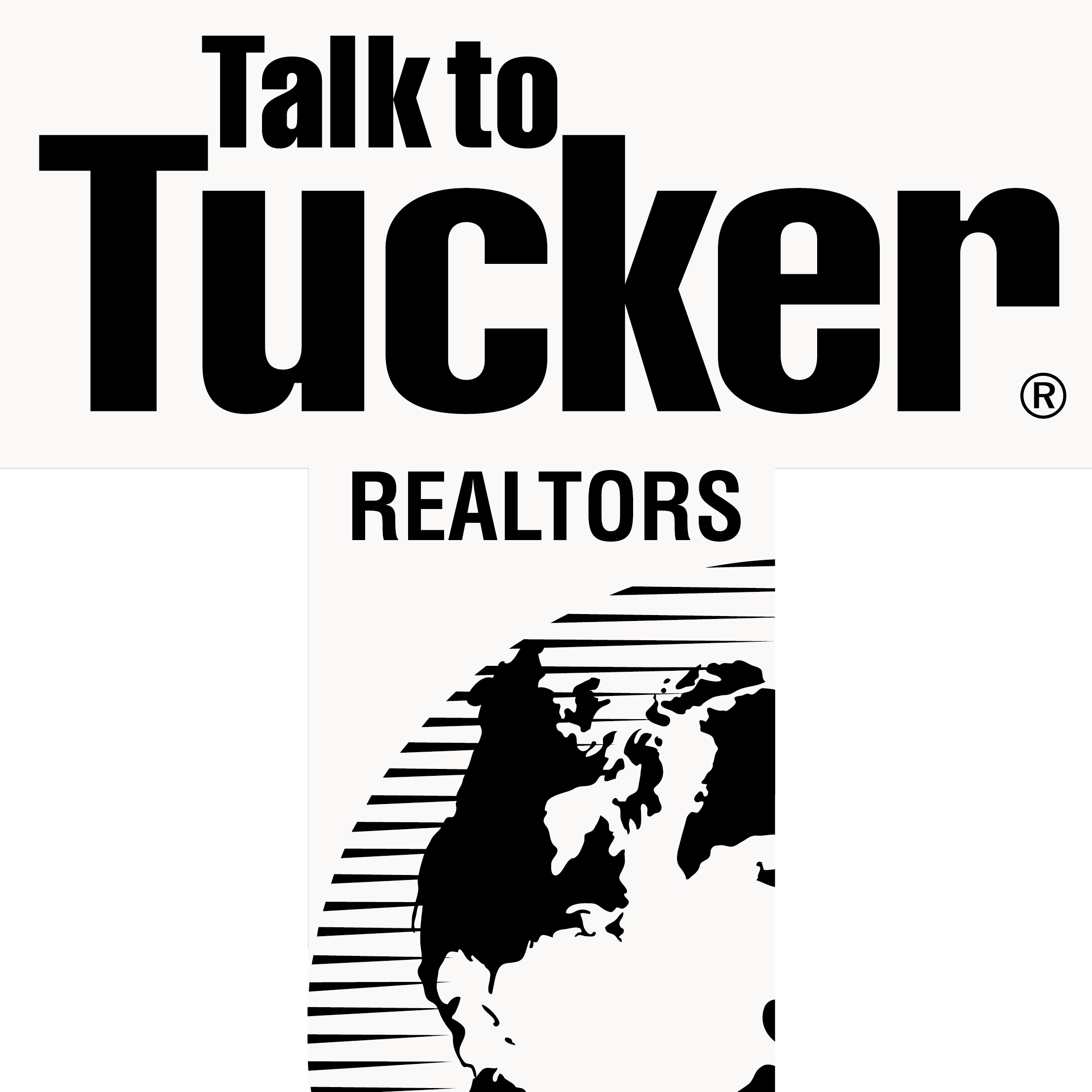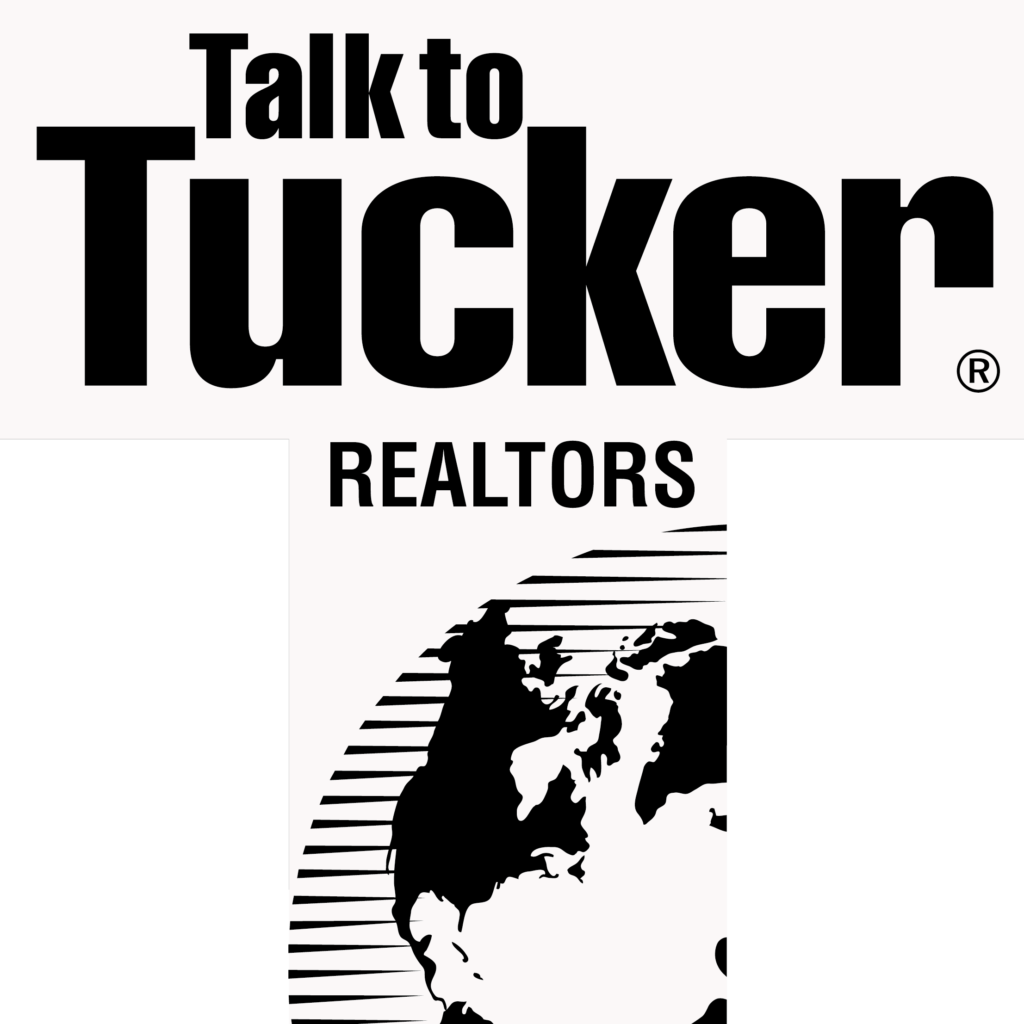
Signing a commercial lease is a major commitment. Whether you’re opening your first storefront or expanding into a new office or industrial space, the details of your lease agreement can make or break your business.
Unfortunately, not all leases are created equal—and some include terms that can lead to unexpected costs, limitations, or legal exposure. At Annie Scott Realty Group LLC, I help clients avoid costly mistakes by identifying and negotiating around key red flags.
Here are 10 common red flags to watch for before you sign a commercial lease in Indiana.
1. Unclear or Unfavorable Lease Type
Commercial leases come in several forms—triple net (NNN), gross, modified gross, etc.—and not understanding your lease structure is one of the most common and costly mistakes.
Red Flag: The lease doesn’t clearly define who pays for taxes, insurance, maintenance, or utilities.
What to Do: Get a breakdown of all costs upfront and know your total monthly commitment.
2. No Defined Maintenance Responsibilities
Ambiguity around who is responsible for repairs—especially for HVAC, plumbing, or structural issues—can lead to surprise expenses.
Red Flag: Lease language like “tenant responsible for maintenance” without specifics.
What to Do: Clarify landlord vs. tenant obligations, and request a history of recent repairs.
3. Personal Guarantee Without Limits
Some landlords require a personal guarantee, especially for new businesses. But unlimited guarantees expose you to significant risk.
Red Flag: Open-ended personal guarantees that extend beyond the lease term or cover all potential losses.
What to Do: Negotiate a cap, time limit, or “burn-off” provision based on lease performance.
4. Hidden CAM Charges (Common Area Maintenance)
CAM fees can include everything from landscaping to shared signage to snow removal—and if they’re not clearly outlined, your rent could fluctuate wildly.
Red Flag: Vague or open-ended CAM charge language without a detailed estimate or cap.
What to Do: Ask for a detailed CAM budget and negotiate a cap or right to audit.
5. No Sublease or Assignment Flexibility
Businesses change. You may outgrow your space—or need to downsize. A lease with no exit or transfer options limits your flexibility.
Red Flag: A strict “no subletting or assignment” clause with no exceptions.
What to Do: Negotiate reasonable conditions under which you can transfer or sublease your space.
6. Auto-Renewal Without Notice
Some leases automatically renew unless the tenant gives notice—often months in advance.
Red Flag: Renewal clauses that require notice well before the lease ends, or that include rent escalations.
What to Do: Request mutual renewal terms and calendar your notice deadline well in advance.
7. Ambiguous Use Clause
The “permitted use” section outlines what type of business activity is allowed in the space. If it’s too narrow, it could limit growth or future subleasing.
Red Flag: Restrictive use language that limits your services or product offerings.
What to Do: Broaden the language to include related business activities and future flexibility.
8. Lack of Exclusivity Clause (for Retail)
If you’re in a multi-tenant retail center, you want to avoid direct competition from a similar business next door.
Red Flag: No exclusivity clause to prevent the landlord from leasing to a competitor.
What to Do: Negotiate a clause that protects your business category within the center.
9. Vague Termination or Default Provisions
The lease should outline what happens if either party defaults—but some agreements lack clarity or favor the landlord heavily.
Red Flag: One-sided remedies that don’t give you time to cure a default before penalties apply.
What to Do: Ensure fair notice and cure periods, and review all remedies and legal liabilities with your attorney.
10. No Clauses Addressing Build-Outs or Improvements
If you’re doing tenant improvements, the lease should spell out who pays, who owns the improvements, and what happens at move-out.
Red Flag: Lease is silent on tenant build-outs or requires you to remove improvements at your expense.
What to Do: Get all TI agreements in writing and specify what stays and what goes when the lease ends.
Final Thoughts
Commercial leases are legally binding contracts that can impact your business for years. Don’t let hidden clauses or vague terms derail your success. With the right guidance, you can negotiate a lease that protects your interests and supports your long-term growth.
At Annie Scott Realty Group LLC, I work closely with business owners, landlords, and attorneys to ensure that every lease is carefully reviewed, explained, and optimized.
If you’re leasing a commercial space in Indiana, let’s review your lease together—before you sign. Your business deserves a foundation built on clarity and protection.
Photo Credit: Luxury Presence
Sources:
- Indiana Commercial Real Estate Board
- American Bar Association – Commercial Leasing Guide
- Local Lease Agreements and Legal Reviews (Zionsville, Carmel, Fishers, Greenwood)

